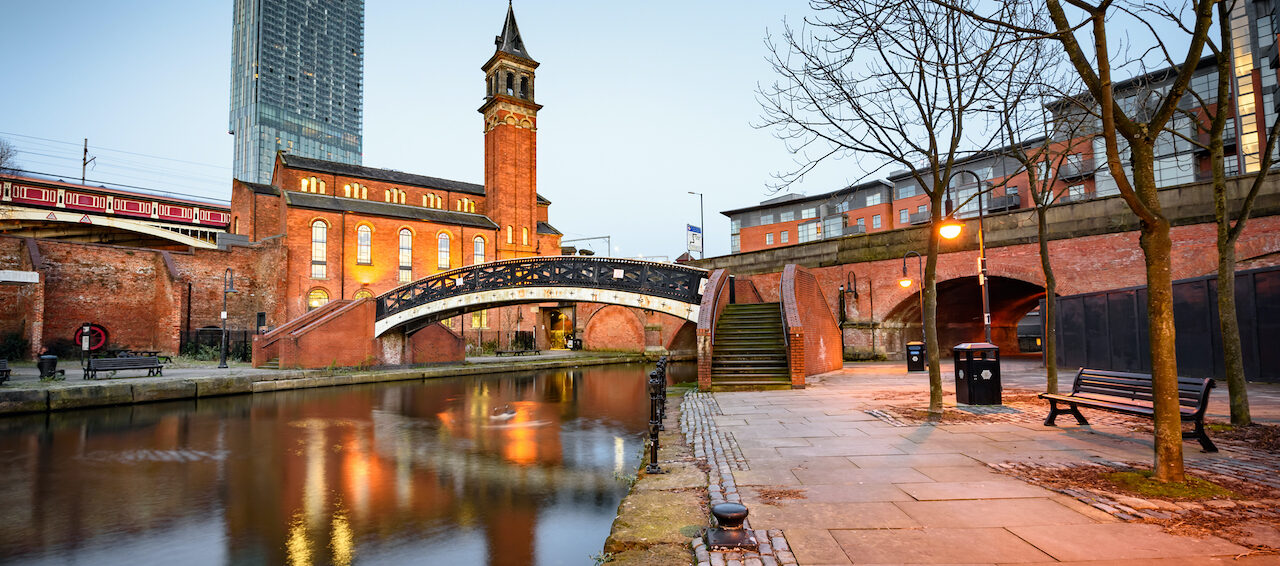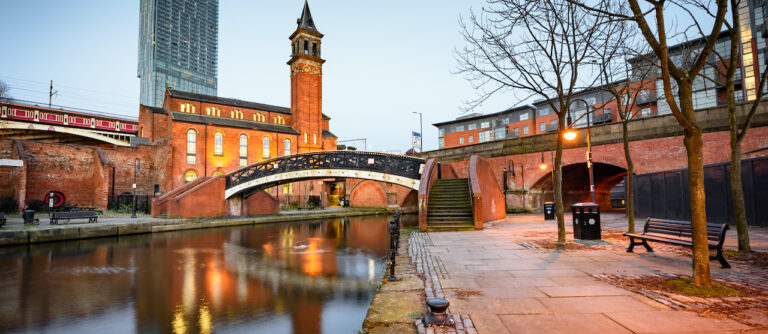The Grenfell Phase 2 report has now been published.
Whereas Phase 1, which was published in October 2019, focussed on events on the night of the fire, Phase 2 concentrated on those factors which enabled and contributed to the tragedy occurring.
What were the key findings of the Phase 2 report?
The seven volumes which compile the Phase 2 report are scathing of not only the human errors but also central government and the regulatory regime which enabled the circumstances to arise. The over-arching conclusion is that the deaths were avoidable and that the residents of Grenfell Tower were failed by those who ought to have acted to ensure their safety.
- Government
Whilst there was evidence that various department of government had received concerns and warnings regarding combustible panels and building insulation from at least the early 1990s, there was a failure by them to give proper consideration to the danger of using and incorporating such materials in high rise buildings, as well as a failure to amend the applicable guidance.
The Report highlights that various departments displayed a complacent, defensive or dismissive attitude to fire safety matters.
- Architects
Architects were appointed by the tenant management organisation outside of a competitive public procurement process, essentially on the basis that they were already appointed on another project. However, the lack of a tender process did not identify that the architects had limited experience of working on high rise over cladding projects. The architects also failed to recognise that the products to be used were unsuitable and potentially dangerous, and did not warn against their use.
The architects were also criticised in terms that they had failed to understand their responsibility in respect of design work undertaken, and did not check work provided by sub-contractors appointed.
- Contractor and sub-contractor
The Report highlights that the design and build contractor used an inexperienced team, gave inadequate thought to fire safety and displayed a casual attitude. It was found that its systems for managing design work did not ensure that its sub-contractors were competent.
The Inquiry found that the contractor did not understand where responsibility for decisions lay and failed to co-ordinate the design work properly. Likewise, the sub-contractor failed to enquire about the materials being considered to be used and the evidence indicated that it appeared to be induced to buy construction products partly as a result of its existing relationships, rather than objective evaluation of their performance and suitability.
- Building control
There was a general failure to scrutinise or otherwise properly consider the choice of materials used, with local authority building control failing to confirm that the completed works complied with the applicable Building Regulations.
The Report also highlighted that the building control surveyor was inadequately trained, overworked, and had limited understanding of the risks of the panels which had been installed. The surveyor also failed to enquire about fire safety provisions generally.
The Phase 2 report also identifies a tension between building control’s regulatory function and commercial interests, preferences and pressures which prevented the regime form serving the public interest.
- Manufacturers
Systemic inadequacies and dishonesty were identified, including the deliberate manipulation of test data, provision of information and in the marketing of products which were objectively unsuitable for use in high rise buildings.
- Tenant management organisation
The Inquiry found that the management organisation was poorly run and failed to respond to both residents’ requests and recommendations made following the Lakanal House fire in 2009. It was also found that the management organisation failed to discharge its basic fire safety responsibilities.
Recommendations
The report offers 58 recommendations to address the systemic failings identified, but what impact are these expected to have on the construction sector specifically?
The Phase 2 Report includes recommendation to:
- Establishing a single construction regulator to oversee all aspects of the construction industry, and to inform government of developments and changes to existing requirements. A key finding within the Phase 2 Report is that a number of the deficiencies and errors were contributed to by and/ or were a result of complacency and poor cultural behaviour. The regulator is recommended to have a key role in driving change across the industry in this regard, encouraging sharing of information and ideas across the sector. In addition, the new regulator would be responsible for certifying construction products for use, to include reference to their manufacturing test results. It is also suggested that manufacturers of construction products be obliged to provide on request copies of all test results in support of claims regarding fire performance.
- Consideration of widening the definition of high rise buildings, given that the current and unsatisfactory reference to an arbitrary height distinction. Height in itself does not result in any given building becoming more or less dangerous, and alternative preferable criteria may include the building’s use and presence of vulnerable people for whom physical evacuation may be difficult. This is especially so given other recommendations included within the Report in terms that the ‘stay put’ strategy is unlikely to be appropriate in any building except those posing a negligible risk.
- Appointment by government of an independent panel to consider whether it’s in the public interest for building contractor functions to be performed by those with a commercial interest in the process.
- New statutory requirements for certain documentation or statements to be produced in support of the relevant building control applications and at Gateways 2 or 3 of the Building Safety Act.
- Creation of the profession of Fire Engineer, with recognised qualifications and conduct standards, to help regulate the sector and improve competence and knowledge.
- Ensuring that the steps taken by the Architects Registration Board and the Royal Institute of British Architects to improve the education and training of architects are sufficient in light of the Report’s findings.
- Introduction of a licencing scheme for contractors working with high rise buildings, to ensure their competency. Gateway 2 sign-off under the Building Safety Act should be supported by a personal undertaking from a director or senior manager of the principal contractor confirming that all reasonable care has been taken to ensure that the building is safe on completion.
- The creation and maintenance of a public record of recommendations and steps taken in response to feedback from public inquiries, coroners inquests, and select committees.
- Creation of a construction library with key information including product and test data.
Conclusion
There have been many changes to the building safety regime since the key events giving rise to the Grenfell Tower tragedy, most notably in the recent Building Safety Act. However, the pervasive theme of the Phase 2 Report is that those changes do not go far enough. Although shortcomings generally were recognised within the construction industry in the immediate aftermath of the fire in 2017, the Phase 2 Report has served to highlight that these failings were perhaps more widespread and more fundamental than previously thought.
Further reform is now inevitable, although in practical terms it may take some time for these changes to be implemented through legislation and cultural changes, and then filter down to those who are to be protected being residents themselves.
The safety of people in their own homes is not the sole responsibility of one agency or organisation, but rather requires a collective and cumulative effort by all involved in the construction process. It is unfortunate however that it has taken the loss of 72 people during the Grenfell Tower fire for the deficiencies to come to light and for reforms to be implemented.


